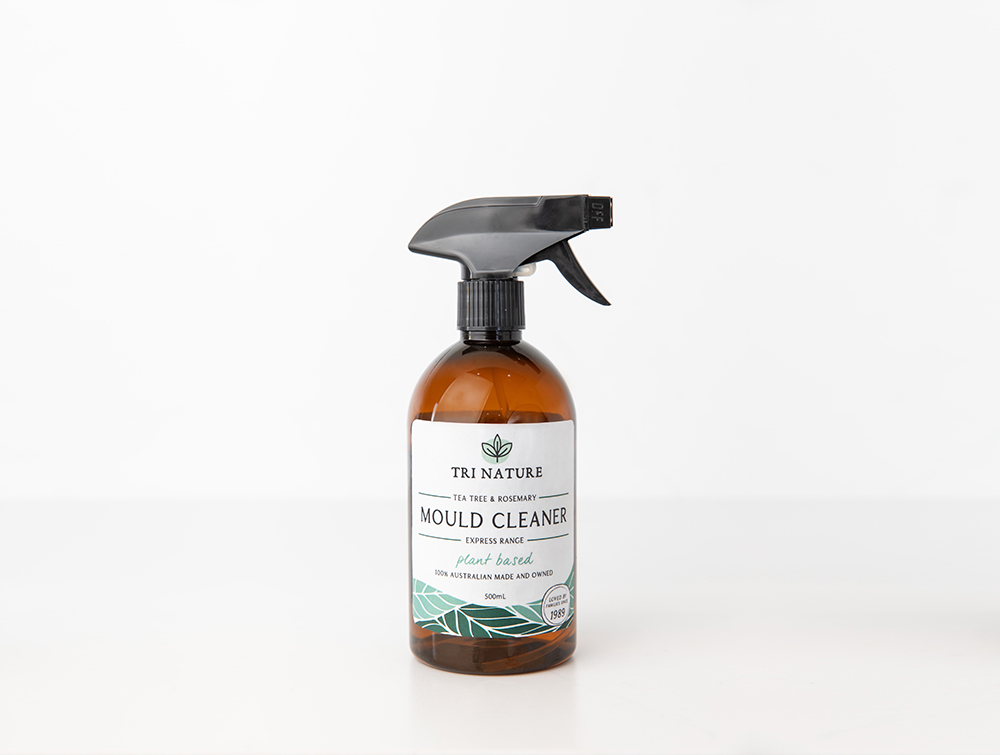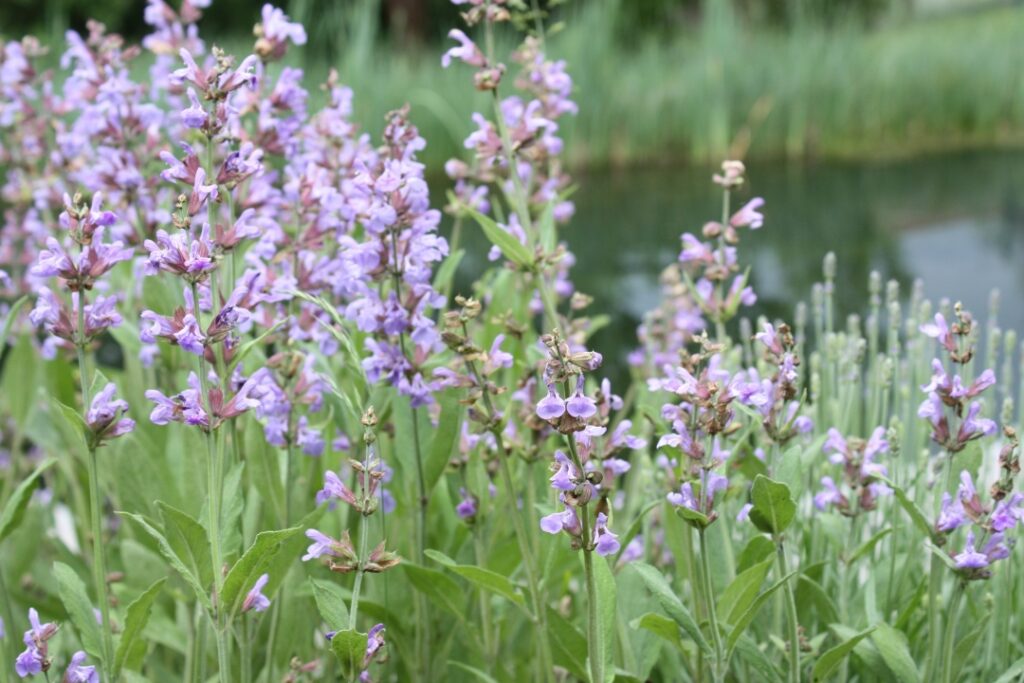Having endured the last few months of rainy days and with the forecast predicting that the wet weather is set to stick around for at least a while longer, we need to consider how this can affect our homes and your health. All of this wet weather can cause harmful mould to become a problem in your home.
What is mould?
Mould is a naturally occurring microorganism that is part of the fungi family. It grows in damp and poorly ventilated areas. Mould reproduces by producing spores and these spores are found in both indoor and outdoor environments (basically everywhere).
Mould often looks like ‘fuzz’ (think of the mouldy orange in your kid’s school bag) and can also appear to be a stain or discoloration (like on bathroom ceilings). Commonly encountered moulds are often black, green or white, but they can also be many other colours, including grey, pink, orange and brown.

Do I have mould in my house?
Unless you live in a bubble the answer is most likely yes as mould spores are common in homes but the problem occurs when the mould spores starts to grow and spread. Most often you will be able to see mould growing, usually in damp and poorly ventilated areas of your house such as the bathroom and laundry. However, you could also have hidden mould in your home if you have recently been flooded, there is water damage or if there are strong, musty smells.
Why is mould a problem?
Most people will have no reaction to mould but for some people (including people with asthma, allergies and weakened immune systems) it can cause health issues. Symptoms of mould exposure may include a blocked nose, cough, wheeze, respiratory infection, itchy eyes and skin. Breathing in mould spores may also cause an asthma attack for people with asthma.
How do I prevent mould?
Mould spores are everywhere and are just looking for a nice damp place to grow. The key to preventing mould is to eliminate the conditions where mould likes to grow.
Increasing ventilation in your home by using exhaust fans, range hoods and opening windows (when weather permits) will help to reduce moisture in your home. You can also reduce humidity and moisture by limiting the use of humidifiers, drying clothes outside, covering aquariums and using the dehumidifier setting on your air conditioner.
The quick repair of any water leaks and wiping up water spills promptly will also help to limit the opportunity for mould to grow.
How do I remove mould?
No matter how much you try and prevent mould all of us will come across mould in our homes at some point. Knowing how to remove it quickly and safely when this does occur is imperative to keeping our household clean and healthy.
When removing mould it is important that you do not dry brush the mould as this will just cause the mould spores to be released into the air and spread to other locations. It is also important to wear protective clothes, gloves and a mask when cleaning large areas of mould as there is still the potential for mould spores to be released and inhaled.
It is not necessary to use harsh chemicals like bleach when cleaning mould as these can be potentially harmful to the user and often cause respiratory irritation. NSW Health recommends cleaning the mouldy area with a mild detergent like Tri Nature’s Mould Cleaner.
Simply spray the mould cleaner onto the mouldy area and leave for a few minutes before wiping away with a damp cloth. For best results spray the area again, wipe of any excess and allow to dry. The Tri Nature Mould Cleaner is antibacterial, so you can eradicate the other germs on the surface in one time saving step (particularly helpful in bathrooms). It also contains a refreshing blend of Eucalyptus, Tea Tree and Rosemary essential oils to deodorise the area and get rid of those musty smells.
Now that you know how to quickly and easily remove the mould from your home you can get back to enjoying those rainy days snuggled up with a good book.



